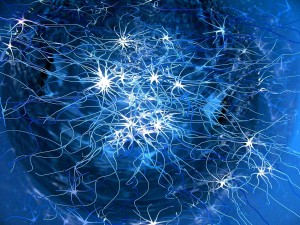 Deep Learning methods that use auto-associative neural networks to pre-train (with bottlenecking methods to ensure generalization) have recently been shown to perform as well and even better than human beings at certain tasks like image categorization. But what is missing from the proposed methods? There seem to be a range of challenges that revolve around temporal novelty and sequential activation/classification problems like those that occur in natural language understanding. The most recent achievements are more oriented around relatively static data presentations.
Deep Learning methods that use auto-associative neural networks to pre-train (with bottlenecking methods to ensure generalization) have recently been shown to perform as well and even better than human beings at certain tasks like image categorization. But what is missing from the proposed methods? There seem to be a range of challenges that revolve around temporal novelty and sequential activation/classification problems like those that occur in natural language understanding. The most recent achievements are more oriented around relatively static data presentations.
Jürgen Schmidhuber revisits the history of connectionist research (dating to the 1800s!) in his October 2014 technical report, Deep Learning in Neural Networks: An Overview. This is one comprehensive effort at documenting the history of this reinvigorated area of AI research. What is old is new again, enhanced by achievements in computing that allow for larger and larger scale simulation.
The conclusions section has an interesting suggestion: what is missing so far is the sensorimotor activity loop that allows for the active interrogation of the data source. Human vision roams over images while DL systems ingest the entire scene. And the real neural systems have energy constraints that lead to suppression of neural function away from the active neural clusters.
